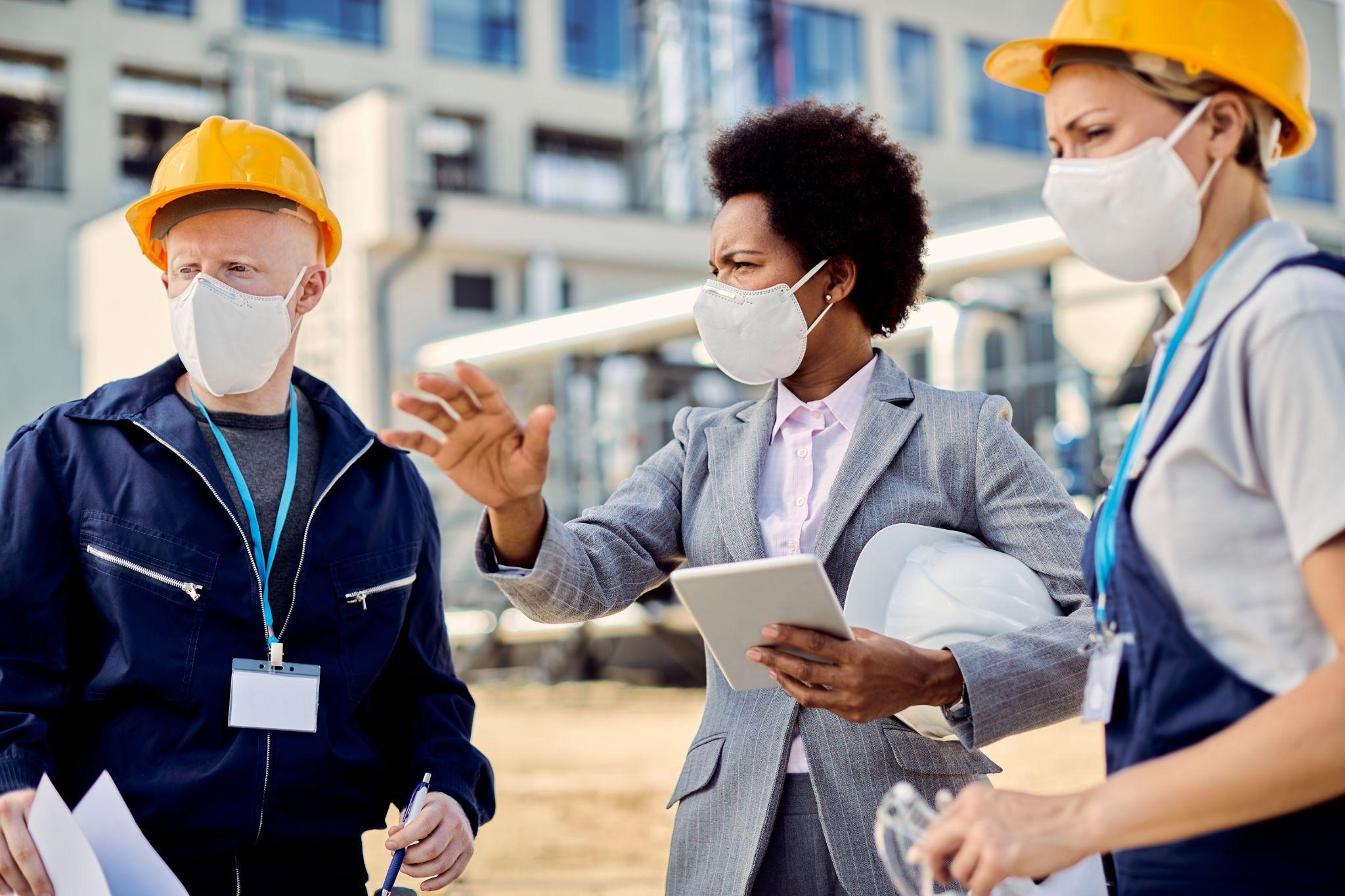
We all work to support our living. Most of our time is spent in our office. Therefore, it is important to ensure that we are safe and secure at our workplaces. Modern workplaces have a certain set of rules. However, keeping up with the current developments can be difficult due to the continual modifications and revisions to these rules.
There are ways to keep abreast of all the new buzz around workplace safety laws. Law 2.0 Conference is an upcoming global attorney conference aimed at informing attendees on the most recent advancements in workplace rules and regulations. The conference brings together legal professionals, industry executives, and researchers to share their expertise and thoughts on the most recent trends and practices in the field of law. Read ahead to discover what these experts have to say about the future trends in workplace safety laws and their present regulations in the workplace.
What Are Workplace Safety Laws?
Workplace safety regulations are basic guidelines that employees must observe in the workplace. They are rules put in place to safeguard workers from risks that may create a harmful work environment.
Globally, workplace safety laws have become a priority for many countries. It is important to note that these aren’t just unsaid or standardized rules amongst co-workers like, “maintaining non-violence” or “avoiding non-friendly conflict” among colleagues. But, these are government-designed laws and obligations that each employee is expected to fulfill within the office premises. Some of the best legal conferences explain their legal basis in detail.
USA Workplace Safety Laws
The U.S. Department of Labor (DOL) departments are in charge of administering and enforcing the laws created to safeguard the safety and health of American employees. OSHA stands for the Occupational Safety and Health Administration. OSHA is in charge of enforcing the Occupational Safety and Health Act (OSH). OSHA or OSHA-approved state plans govern safety and health conditions in the majority of private companies.
According to OSHA, workers have the right to safe and healthy working conditions. The rules include but aren’t limited to:
- Employers must offer safe workplaces free of known hazards that might damage their employees,
- Workers must be trained in a language and terminology that they comprehend,
- Examine records of work-related injuries and illnesses that occur in their job; obtain copies of test findings, and so on.
OSHA has thus set similar rules by which a workplace must function in order to be deemed as “safe for employees.” This law also grants workers crucial rights to participate in initiatives that safeguard them from employment dangers.
Society And Safety Laws
Workplace safety laws reflect society’s values; differentiate what is right from what is wrong and morally accepted. They play a crucial role in protecting the health and well-being of workers. When employees feel safe, they feel empowered to speak up about safety concerns and work collaboratively to find solutions. Ultimately, workplace safety laws are about more than just compliance with regulations - they are about creating a safer, healthier, and more equitable society for everyone. This is why some of the USA’s best legal conferences place great importance on workplace safety laws. Experts agree that they can save lives and prevent injuries.
Why Are Workplace Safety Laws Important?
Naturally, a set of government-created rules are expected to create order and value among workers but more than that, these rules promote a sense of belonging and fraternity among co-workers. There are additional benefits to workplace safety laws and many legal researchers share their perspectives about the matter at top legal conferences today. Law 2.0 Conference, for instance, shares three key advantages of workplace safety for lawyers. These include -
- Increased productivity,
- Reduced medical bills, and
- Enhanced employee morale.
Globally, workplace safety laws have become a priority for many countries. Employers who prioritize workplace safety can expect to see numerous benefits, including increased efficiency, cost savings, and a happier, healthier workforce. As such, it is crucial for employers to comply with workplace safety laws and implement safety measures to ensure the safety and well-being of their employees. But as the world evolves, is there a need to reinvent some of these laws? Let’s discover the insights from some of the top legal conferences around the world.
Need To Enhance Workplace Safety Laws
Work requirements keep changing. To keep up with the nature of work, it is important to keep enhancing workplace safety laws. While the US has made significant progress in this area over the years, there are still many industries and workplaces where employees are at risk of injury, illness, or even death. Continual feedback from dynamic companies helps improve the quality of laws. This in turn provides better safety and facilitates comprehensive, effective, and enforced functioning at work. In addition, some of the best legal conferences suggest that employers must prioritize safety as a core value and invest in training, equipment, and resources to protect their workers.
Trends In Workplace Safety Laws
As technology and work practices continue to evolve, workplace safety laws are also expected to change to keep pace with these changes. Top legal conferences for lawyers state the following as key trends in workplace safety laws:
- Wearable Technology
Personal protection equipment (PPE) is an essential component of employee safety clothing. In the case of an incident, these protective items act as the first line of defense. Wearable technology advancements and sensor miniaturization have enabled safety tech companies and scaleups to transform PPE into smart gadgets. For example- Verve Motion offers Lift-assistance Wearables, and SolusGuard provides Wearable Panic Buttons that can instantly be used in times of distress.
- Software For Reporting Workplace Safety
Communication is critical to the smooth running of a safety management system. Even for small safety incidents, traditional practices requiring paper and spreadsheets result in repeated and tedious activities. Safety reporting software that automates safety management chores was introduced as a result of digital breakthroughs spurred by new cloud computing and API development methodologies. Work permit management, incident management, safety compliance, employee risk management, and audit management are all aided by web-based software and mobile apps.
- Artificial Intelligence
Every accident is the consequence of a series of events that culminate in infrastructure damage, injury, or even death. Organizations now have access to a plethora of data that might depict the status of a work environment at any given time, thanks to the AI digitization of workplaces.
- Drones
Even with sensors and detectors in place, certain workplaces require visual inspection to ensure assets are working in accordance with safety regulations. Drones help to survey a broader area and give live updates on the occurrences, lest an accident was to happen at an oil plant or a gas tank area.
Reinventing Workplace Safety Laws

Best legal conferences agree that technology is gradually being considered as an addition to workplace safety laws. Over time, as OSHA was faced with multiple complaints from companies about its workplace safety regulations hindering the diversity of employees, it has released several changes in the safety acts. In the past, more emphasis has been paid on enhancing worker health and safety protection by shifting its primary operational paradigm from one of command and control to one that gives companies a genuine option between a partnership and a traditional enforcement relationship.
Additionally, future trends are expected to resolve around LGBTQ safety and protection, AI and IoT equipped surveillance devices, and immersive technologies like AR, to enhance employee vigilance. Overall, with new advancements in various fields, new advances in workplace safety laws are anticipated at large, while the employees will also be educated to “look out for oneself at all times!” in addition to safety laws in general.
How Can The Law 2.0 Conference Help In Regulating Workplace Safety?
Law 2.0 Conference has a unique approach to educate people about workplace rules and other legal issues. It is a must-attend event for anybody interested in keeping up with the newest advances in this field. You can learn about the latest legal trends and tactics for navigating the complicated legal terrain of the contemporary workplace. All this in an interactive and dynamic way, by learning from delegate and expert discussions.
This event is considered as one of the best legal conferences, whether you are an HR expert, a business owner, an employee, or a lawyer. Attending this event will provide you with useful insights that will assist you in your legal career and related endeavors. If you want to meet like-minded professionals and network with legal professionals in your scope of practice, this legal conference in the USA is a sure-shot way of winning the world of law and justice!
-01.svg)






